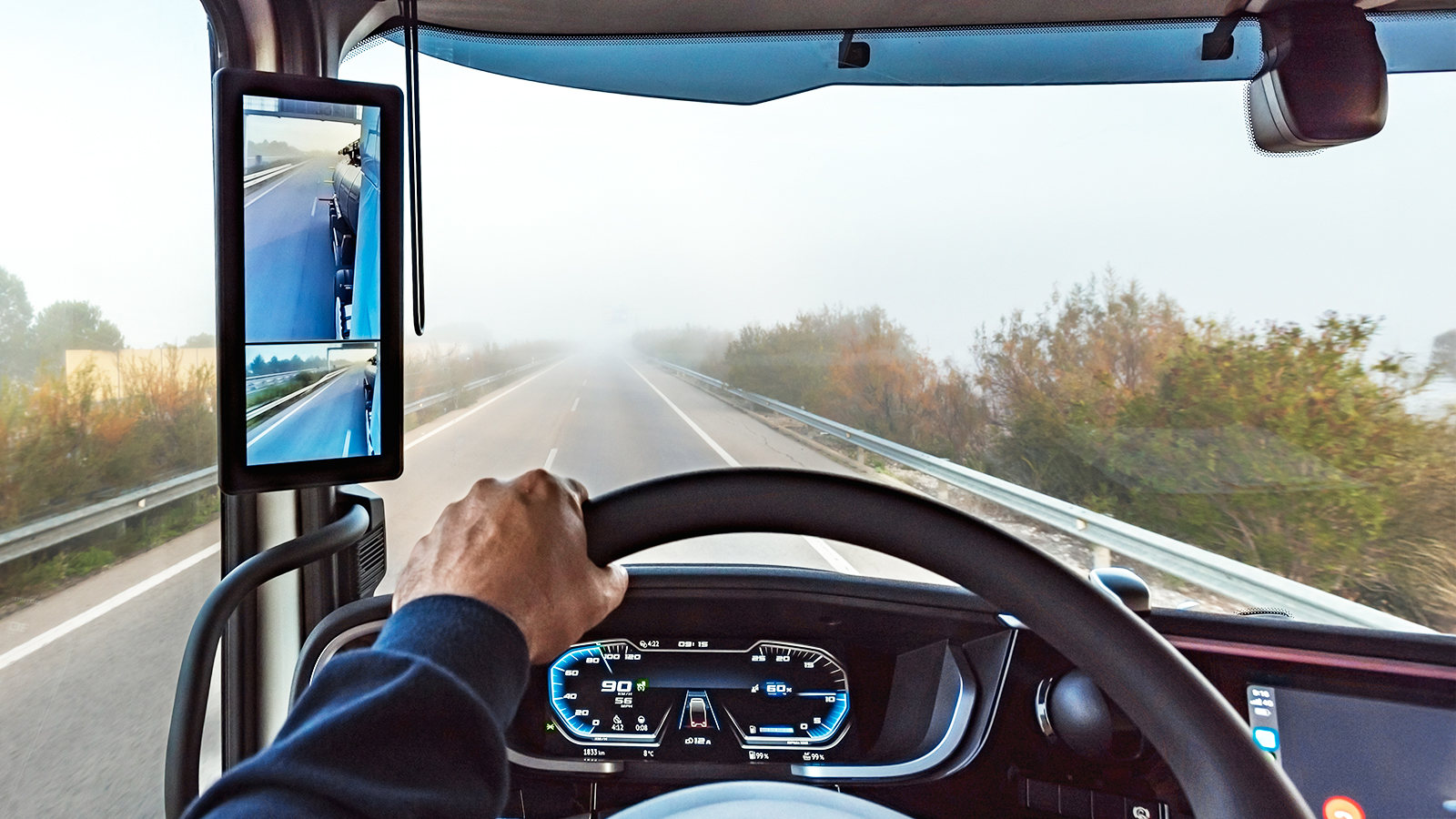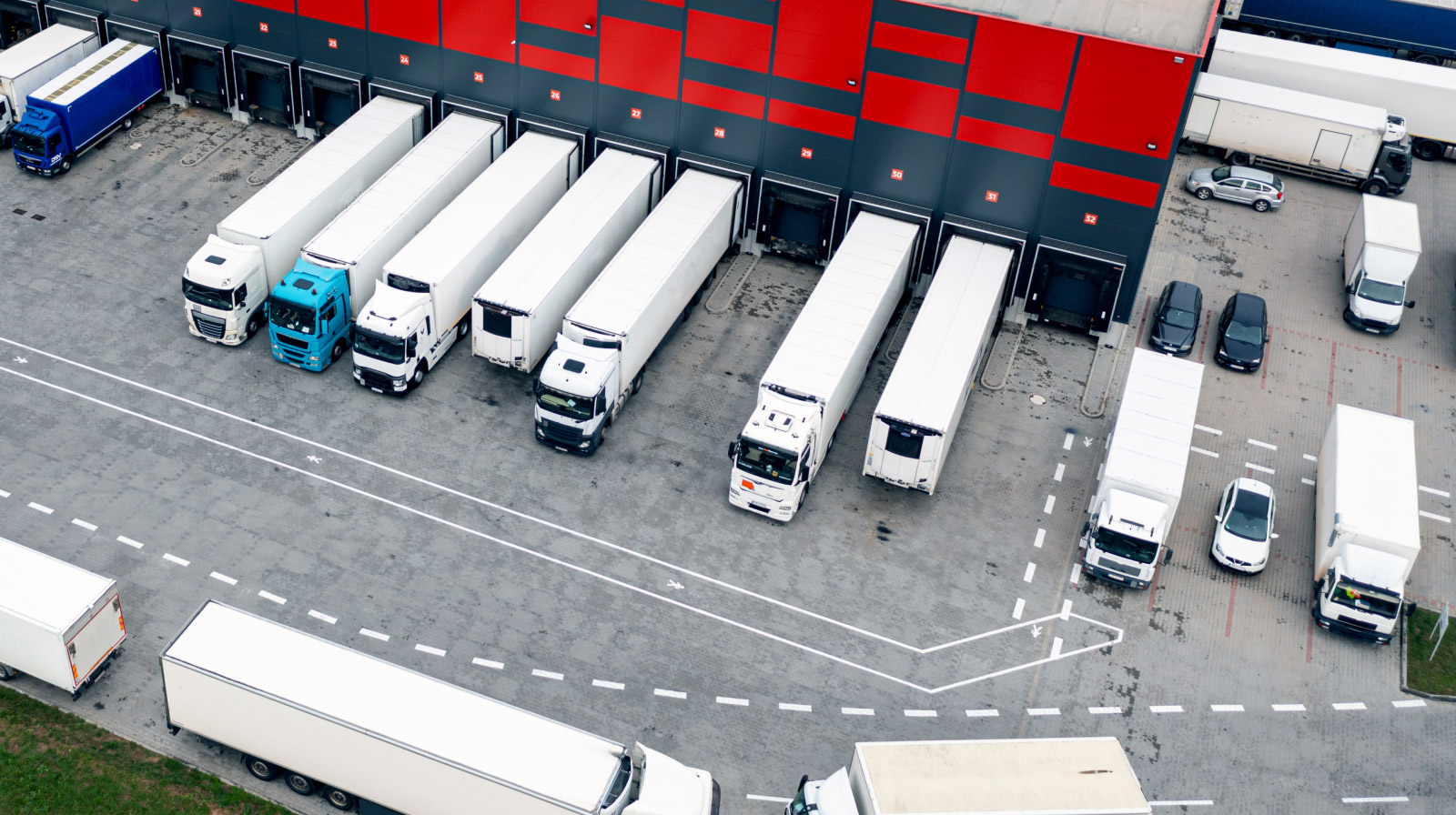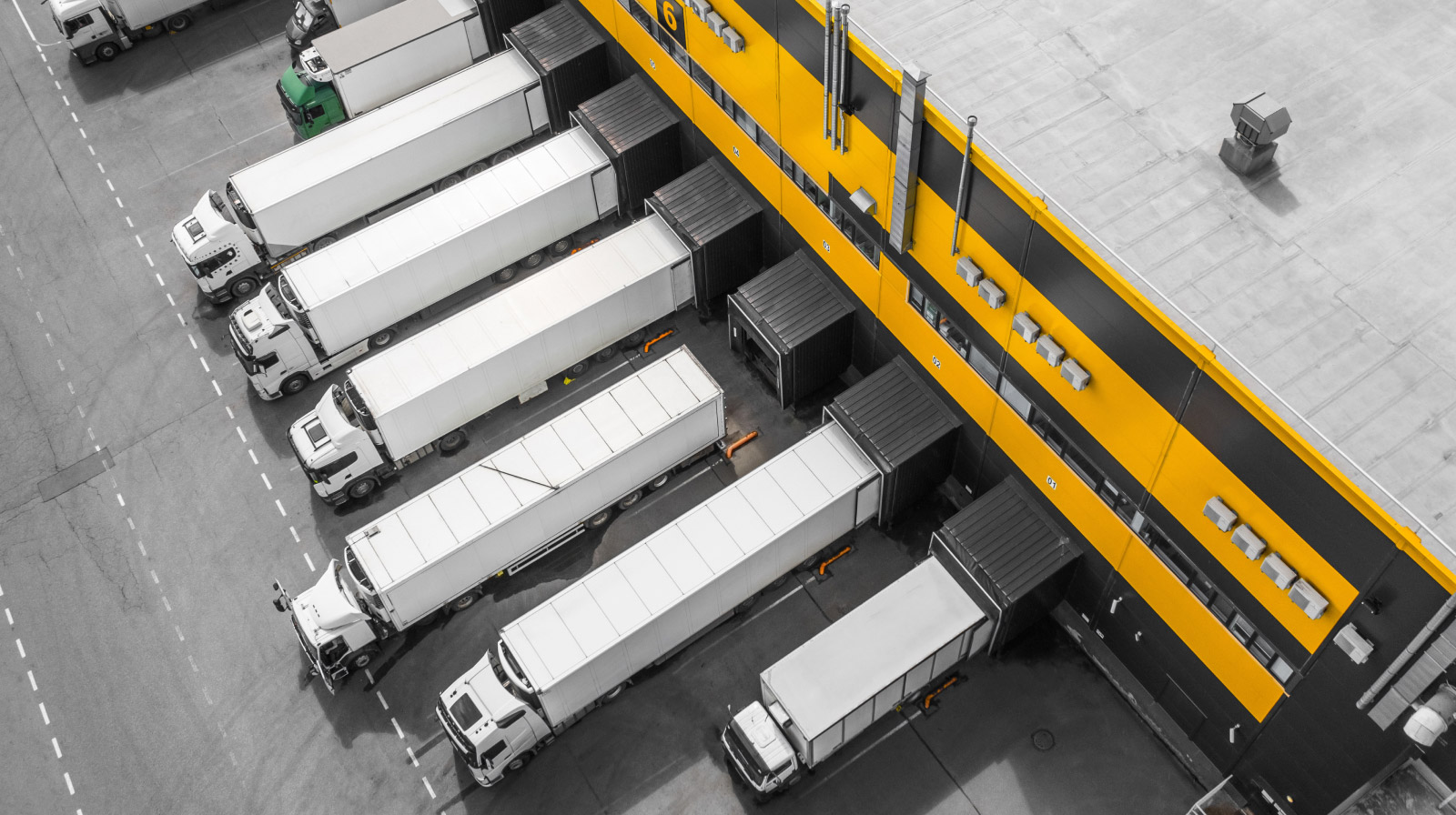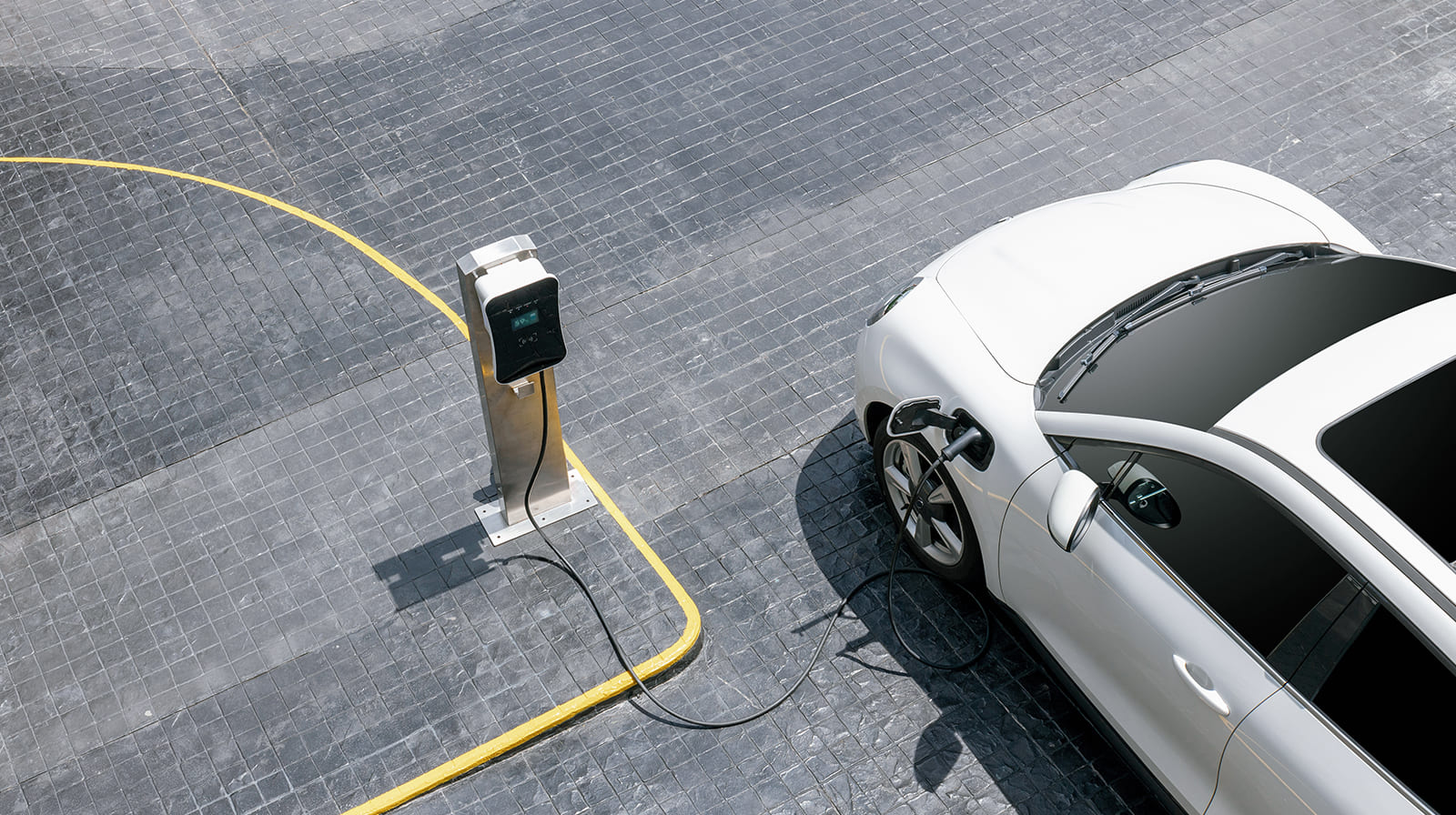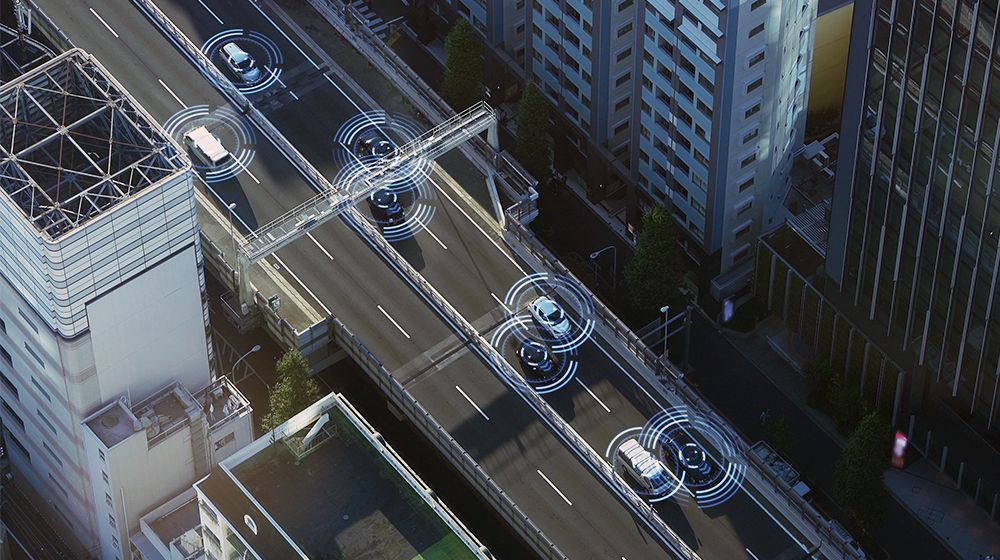Video telematics revolutionizes fleet operations, offering greater visibility and improved safety. But how can you ensure it delivers results for your business?
From choosing the right dashcam to selecting compatible software, we’ll guide you through the essentials and highlight the areas where this technology can make the biggest impact. Let’s explore how to get started and maximize its potential.
What is video telematics?
Video telematics combines video technology with traditional telematics to enhance fleet management. By integrating video feeds with data such as vehicle location, speed, and trip history, it provides real-time insights, transforming how fleet operations are monitored and managed.
Video telematics significantly boosts safety, accountability, and operational clarity, allowing fleet managers to observe driver behavior and road conditions directly. Such capabilities make fleet video telematics indispensable in various sectors, including public transportation, logistics, construction, and others, where such factors are crucial.
According to Precision Business Insights, the video telematics market was valued at $937.2 million in 2022 and is expected to grow at a compound annual growth rate (CAGR) of 18.8% through 2029. Experts attribute this growth to several factors:
- Fleet owners are increasingly turning to video telematics to exonerate drivers in non-fault accidents, leading to faster insurance payouts and cost savings.
- The rising sales of commercial vehicles and heightened concerns for safety are boosting demand.
- Advanced technologies, including artificial intelligence, are accelerating the integration of video telematics across industries, further driving market growth.
Haven’t started using video telematics yet? It’s never too late! We’re here to help you get started.
What are the benefits of video telematics?
Some skeptics argue that fleet video telematics is overrated, asking, “How can video monitoring drivers around the clock actually boost safety and reduce costs?” Let’s delve into the real benefits that video telematics offers and clear up these doubts.
Reducing accidents. According to the National Highway Traffic Safety Administration, which focuses on transportation safety in the United States, approximately 94% of accidents are due to driver error. Engaging with phones, speeding, tailgating, illegal overtaking, falling asleep and many other risky driver behaviors could lead to accidents.
Video telematics systems constantly monitor driving behavior. When they detect unsafe actions, dispatchers are notified immediately and can issue warnings. AI-enabled systems may automatically provide audio alerts, visual signals, or vibrations. This prompt feedback helps drivers correct their behavior on the spot, minimizing the occurrence of serious accidents.
Promoting a culture of safe driving. Installing a video telematics device is a proactive step to cultivate a safe driving culture. Companies that invest in video telematics send a clear message about their commitment to safety, which motivates drivers to adopt a more cautious and responsible driving attitude.
Also, the footage captured by video telematics systems is great for further training. Drivers can review footage of themselves or other drivers and see exactly what not to do. This helps them understand the real consequences of unsafe driving and promotes better habits on the road.
Fostering driver satisfaction. Initially implemented to reduce accidents, video telematics has evolved to support drivers through scorecards and recognition programs. By using video in these programs, the evaluation process becomes transparent and fair. This approach enhances job satisfaction because drivers know they’re being assessed accurately and rewarded for good performance, which also motivates them to avoid risky behavior and continually improve their skills.
Reducing operational costs. Adopting safer driving habits through video telematics not only leads to fewer fines but also lowers other significant expenses such as vehicle maintenance costs and insurance premiums.
Besides, if an accident occurs, video evidence can clarify the situation, potentially exonerating the driver and the fleet owner from fault. This can help avoid costly legal disputes and settlements, thereby protecting the company’s financial interests.
Сompliance with local laws. Regulatory compliance is a major concern for fleet managers in many countries. In the United States and Canada, key regulations include the Electronic Logging Device (ELD) mandate and Hours of Service (HOS) requirements. Video telematics systems can be integrated with ELDs, offering visual proof that helps verify the accuracy of electronic logs and prevents falsification.
In Europe, regulations emphasize the use of digital tachographs. Here, video telematics can confirm that the driver’s recorded activities align with their actual actions, providing validation for digital records.
In other words, video telematics can help fleet owners mitigate risks and avoid fines and other penalties for non-compliance.
Customer service improvement. Improving customer service with video telematics means more transparency for businesses and real-time updates for customers. It also aids in precise incident reporting and quality control during transit. This lets customer service teams manage expectations better and ensure that goods are handled carefully. Overall, this boosts customer satisfaction and builds trust.
Key elements of video telematics
Video telematics combines telematics devices equipped with cameras, software platforms, and connectivity modules.
The market offers a variety of devices tailored to different needs: dash cameras are popular for small fleets, while MDVRs are designed for larger fleets that require extensive surveillance and multi-camera setups. MDVRs are commonly used in public transport, logistics, and security.
Additionally, there are standalone telematics cameras designed to work with standard GPS tracking devices. These options, offered by some hardware manufacturers, allow businesses to expand their current systems’ capabilities without the need to invest in entirely new devices.
Dash cameras for fleet vehicles capture road conditions and driver actions as well as gather essential data on vehicle performance, speed, location, and routes. These devices transmit data to a central server or cloud platform via cellular networks (4G/5G) or Wi-Fi. Software platforms then collect, store, and analyze the received data from devices to offer fleet managers valuable insights through detailed reports and interactive dashboards.
Currently, AI and 5G are transforming how these key elements interact, making the system work smoother, faster, and smarter. AI enhances fleet dashcams capabilities, enabling them to quickly identify risky behaviors and generate alerts that prompt drivers to correct their actions.
Meanwhile, 5G technology improves data transmission speeds, allowing for high-quality, real-time video streaming to fleet managers located hundreds of kilometers away from the vehicle.
As technology advances, it highlights the importance of each part of video telematics, improving fleet management and making real-time decisions more effective.
Selecting the suitable dashcam for your fleet
When starting a video telematics project, selecting the right hardware involves more than just picking a device off the shelf. Each project comes with its own set of unique requirements and conditions, making the choice of hardware crucial to the project’s success. Here’s what can help you navigate this decision.
Firstly, consider the camera’s direction. Forward-facing dashcams are great for capturing basic road views, recording what happens ahead. Some models may also include ADAS features for enhanced safety. However, for deeper insights into driver behavior, dual-facing vehicle camera telematics devices are preferable as they record both the road and the driver, offering a more comprehensive overview.
Most standard dashcams don’t support live streaming and remote access to recorded footage. For effective video fleet management, we recommend choosing cameras that support these features.
Durability is also vital. Select a dashcam that can withstand harsh environments — be it extreme temperatures, dust, or vibrations — to ensure reliability under any conditions.
The “thinking long-term” rule can also apply to device selection. Opt for a solution that meets current needs and supports customization and feature enhancements. This approach ensures that your investment remains relevant as project requirements evolve.
And finally, cost is always a consideration with video telematics solutions. While the first perception may be that such technology is pricey, the market offers a range of affordable and effective options — many of which offer limited yet reliable functionality. However, larger businesses prefer to invest in AI-powered technology. Such devices enhance fleet safety and can automate numerous processes within the company.
We recommend starting your search for the perfect solution with our selection of video telematics hardware, which you can filter by popularity or features. Additionally, check out the GPS Hardware Manufacturers Top 10 ranking — several top manufacturers, including Teltonika Telematics, Jimi IoT, and Queclink Wireless Solutions, offer reliable video telematics hardware.
Which software will fit fleet owners’ needs?
Choosing fleet management software that can process and utilize data from video always comes with its challenges. You need to consider numerous nuances: Is the software compatible with your chosen devices? Does it support live streaming and playback of historical footage?
Wialon is a powerful platform for fleet digitalization that offers effective video telematics tools. It supports both live streaming and recorded video, seamlessly integrating this footage into the GPS monitoring system to enhance operational capabilities. Moreover, Wialon is compatible with hardware from over 700 manufacturers, making it a versatile solution for diverse requirements.
We continuously enhance the video telematics software to meet our users’ evolving needs. For instance, we recently introduced a feature that displays refueling and fuel drains directly on the video playback scale. This addition greatly simplifies the work of transport fleets, making it easier to monitor and identify where and how any potential fuel drains occur.
If you’re interested in using video telematics to develop a driver evaluation program, Wialon can assist here as well. The solution for driving behavior monitoring allows fleet managers to catch violations, and subsequently access and rank drivers. This functionality has already helped thousands of businesses recognize top performers and reward them, while also identifying underperforming drivers who may need additional training. Combined with video telematics, the solution for driving behavior monitoring can encourage drivers to follow the rules and avoid risky behavior.
Video telematics with Wialon in action
One in four Wialon partners is already using video telematics technology when providing fleet digitalization services to businesses, and this number keeps growing. Let’s explore some success stories from those who have embraced it. The results might just inspire your next move!
Greater operational control and reduced costs. Lebanon’s leading fuel importer faced challenges with a lack of real-time data on fleet location, uncontrolled driver behavior, and unresolved fine traceability. To address these issues, MaliaTec, a Wialon partner in the MENA region, developed a robust solution powered by video telematics. The results were remarkable: within six months, there were no driver-related accidents, fuel costs decreased by 23% due to optimized routing and theft prevention, and fines for speeding and illegal driving behaviors dropped by 60%.
No more fuel thefts. A leading agricultural company from Kazakhstan couldn’t escape problems connected with occasional fuel theft and waste. To tackle this, Avtoscan, a telematics service provider in Central Asia and a Wialon partner, deployed a video monitoring solution. With this system, the company can now monitor transport 24/7, record road incidents, and effectively prevent unauthorized stops during which fuel can be stolen. Besides, the solution helps in reviewing and assessing driver behaviors.
Adjusting driver actions to avoid accidents. A transportation company from Mexico aimed to provide real-time road assistance to drivers and minimize the occurrence of accidents. To achieve this, they partnered with CTTMX, a Wialon partner in North America, which implemented an accident monitoring system integrated with AI cameras. This system makes it possible to detect dangerous behaviors, such as inaccurate driving and overspeeding, and alert both fleet managers and drivers in real-time. As a result, it has significantly reduced the number of serious accidents.
If you’re interested in reading more success stories about fleet management video telematics applications across various countries and business sectors, please visit the Wialon use cases library.
Future of video telematics
The rapid development of AI technologies and their swift integration into all aspects of our lives make it clear that they will significantly influence the evolution of video telematics. With AI, it will likely become possible to predict potential risks in advance and alert drivers or managers long before incidents occur.
But that’s not all — AI will likely take over many tasks traditionally handled by dispatchers. In the future, video analysis and reporting may be automated, with smart algorithms independently reviewing footage, spotting key incidents, and generating detailed reports.
Looking ahead, future video telematics system can integrate video data with an even broader range of vehicle telematics metrics, such as factoring in weather and road conditions or even monitoring driver health. This fusion of data will give fleet managers a more holistic view, making it easier to make informed, proactive decisions.
As autonomous vehicle technology continues to progress, video telematics will become an essential tool for ensuring safety and efficiency. By providing situational awareness and analyzing the performance of autonomous systems, video telematics will help fleets navigate the future of transportation.
Ultimately, while technologies and vehicles evolve, the core goals of video telematics will remain the same: enhancing fleet safety, reducing fleet costs, and improving operational efficiency. The future is bright for video telematics, and this is only the beginning.
Ready to transform your business with video telematics?
If you’re a telematics service provider looking to expand your portfolio with video telematics solutions, fill out this form. We’ll provide a Wialon demo and guide you throughout the project launch — from advising on hardware selection tailored to your specific needs to assisting with migrating vehicles from other systems.
If you are a fleet owner seeking a ready-made solution, please find a Wialon partner in your region who can integrate video telematics into your operations.
